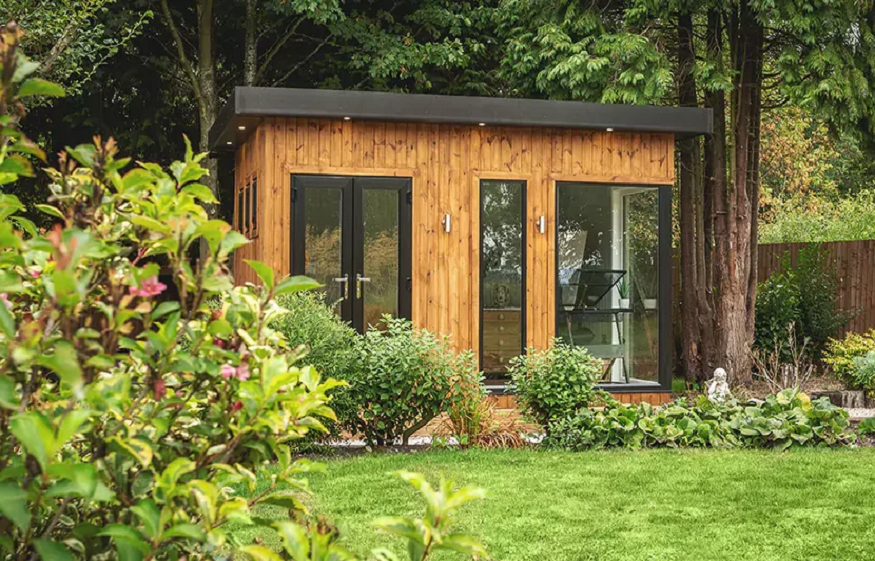
Log Cabins vs Garden Rooms: What’s Right for You?
When it comes to expanding your living space in the UK, many homeowners find themselves choosing between a log cabin or a garden room. Both offer extra space and can significantly enhance your property’s usability, but they come with distinct characteristics that make them suitable for different purposes. Understanding the pros and cons of each can help you make an informed decision.
Log cabins, known for their rustic appearance and natural charm, are typically constructed from solid timber logs. They evoke a countryside aesthetic that blends beautifully with a garden setting. Garden rooms, on the other hand, often have a more contemporary appearance, with sleek lines, composite cladding, and integrated utilities. If visual style is your priority, your choice may depend on whether you lean towards traditional or modern design.
In terms of construction, log cabins are generally easier to assemble and can often be built as DIY projects, especially if you choose a flat-pack model. Garden rooms may require professional installation due to integrated electrics, insulation systems, and sometimes plumbing. For many UK homeowners looking for a quick and cost-effective solution, a log cabin might be the better fit.
Usage is another critical factor. If you’re looking for a space primarily for relaxation, hobbies, or a seasonal retreat, a log cabin is likely sufficient. They’re often used as summer houses, art studios, or garden bars. However, if you’re planning to use the space all year round for work or accommodation, a fully insulated garden room might provide more consistent thermal comfort.
Insulation and heating options differ between the two. Garden rooms are usually built with SIP panels or timber frames packed with insulation and lined with plasterboard. They often include double-glazed doors and windows, making them more energy-efficient. While log cabins can also be insulated, especially those with thicker logs, achieving the same level of comfort might require additional upgrades.
Budget is a decisive element. Log cabins tend to be more affordable upfront and offer great value, particularly for smaller budgets. Garden rooms, due to their more complex build and integrated features, typically come at a higher cost. Still, this extra investment may be worthwhile if you’re creating a professional home office or a luxury guest space.
From a planning perspective, both structures often fall under permitted development rights in the UK, provided certain criteria are met. These include maximum height restrictions (generally under 2.5m), location within the property, and not using the building as primary accommodation. However, always check with your local planning authority to avoid any issues. Always remember to adhere to the planning permission and regulations here in the UK and check if you need buildings regulation approval before you start.
Durability and maintenance also vary. Log cabins require periodic treatment to prevent rot and insect damage, especially in the damp UK climate. Garden rooms may have cladding materials that are lower maintenance, such as PVC or treated composites. However, both require some level of upkeep to stay in prime condition.
In terms of resale value, either option can enhance your property’s appeal. Buyers are increasingly attracted to homes with flexible outdoor spaces, especially those that can serve multiple purposes. While garden rooms may signal modern convenience, log cabins add a timeless charm that resonates with many UK buyers.
Ultimately, the decision between a log cabin and a garden room depends on your aesthetic preferences, usage requirements, and budget. Both can enrich your lifestyle and increase your property’s functionality. Consider what features matter most to you and how each option fits into your vision for your outdoor space.
Whether you choose the cosy appeal of a log cabin or the modern utility of a garden room, you’re investing in a versatile space that adds lasting value to your home.


